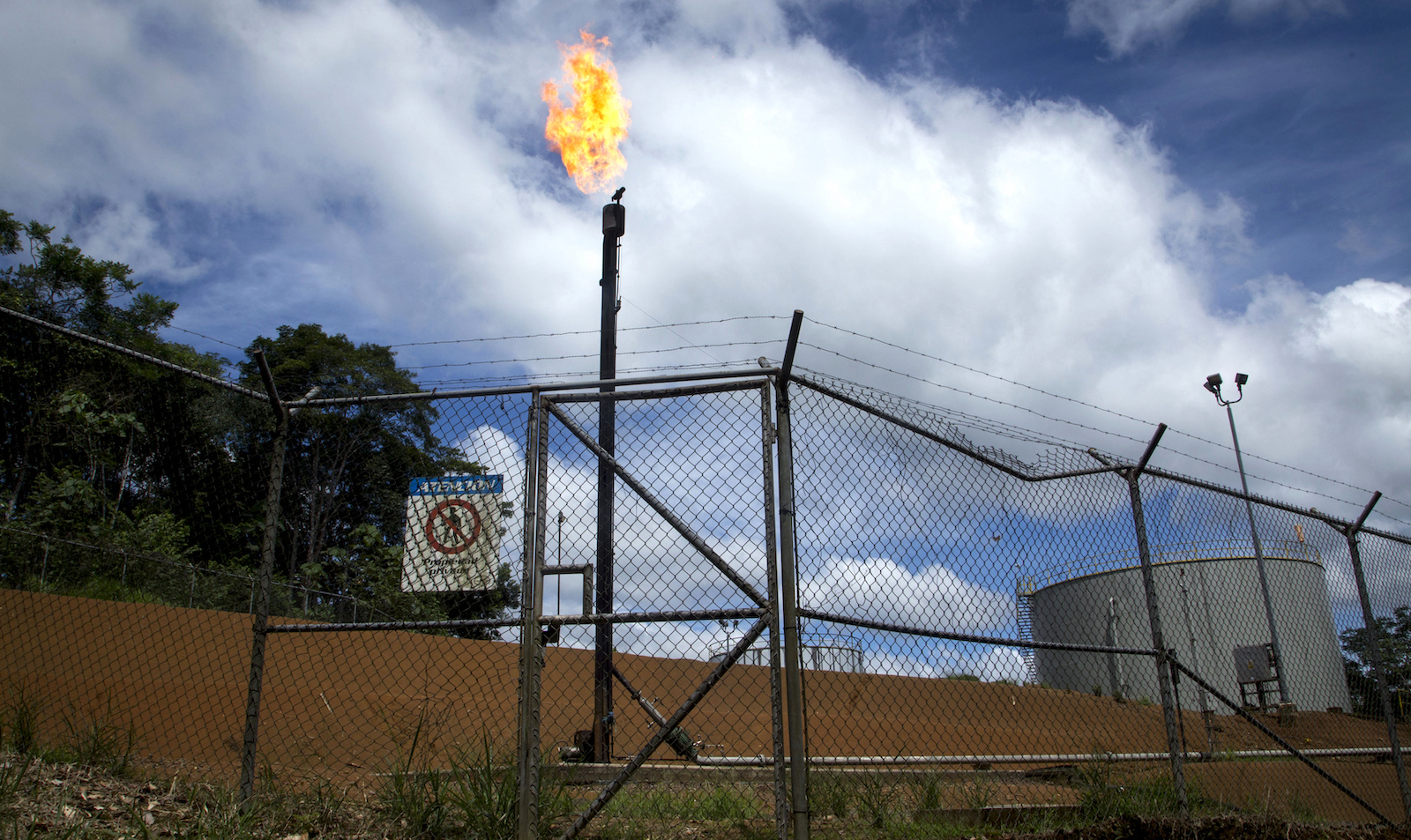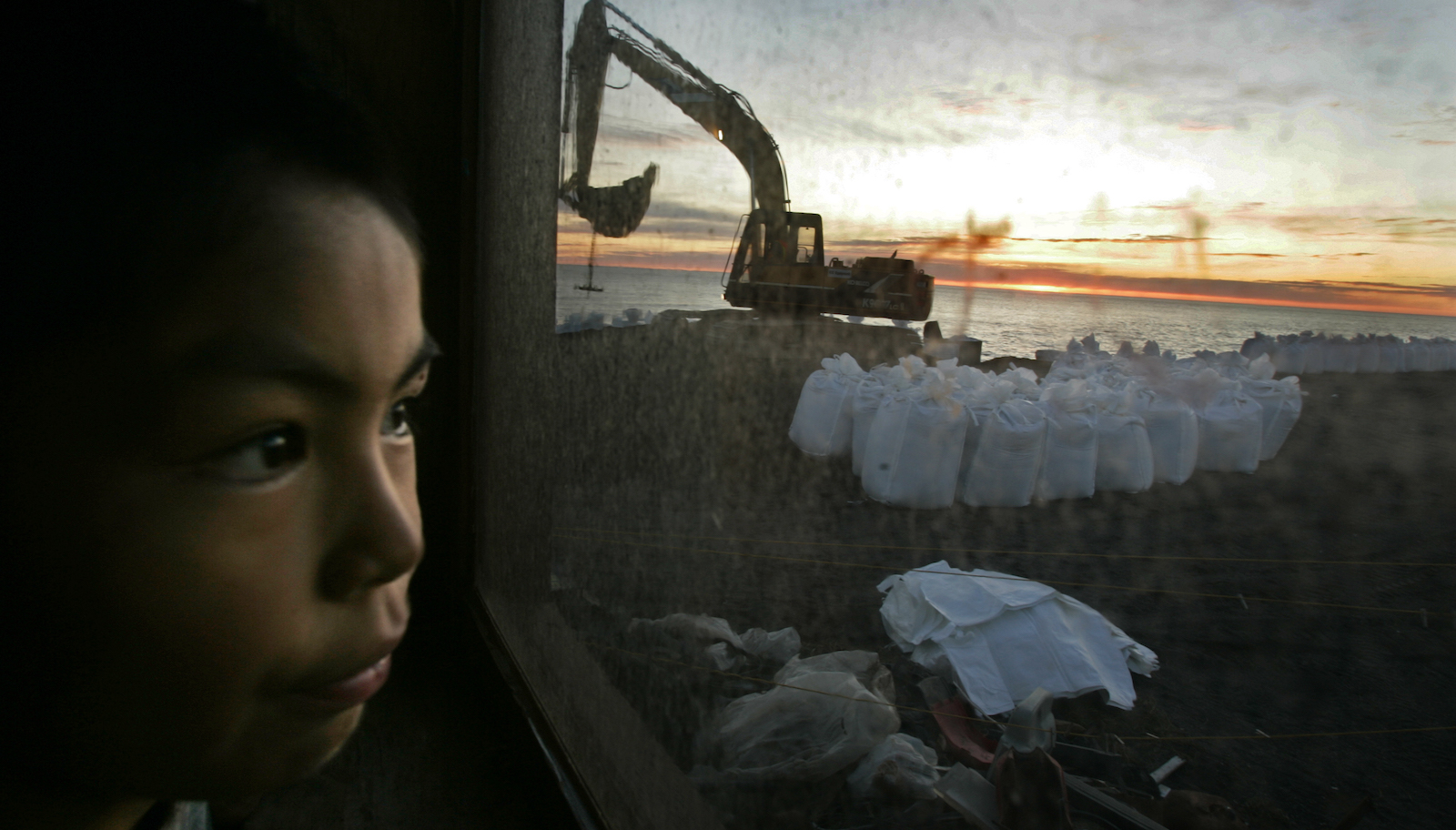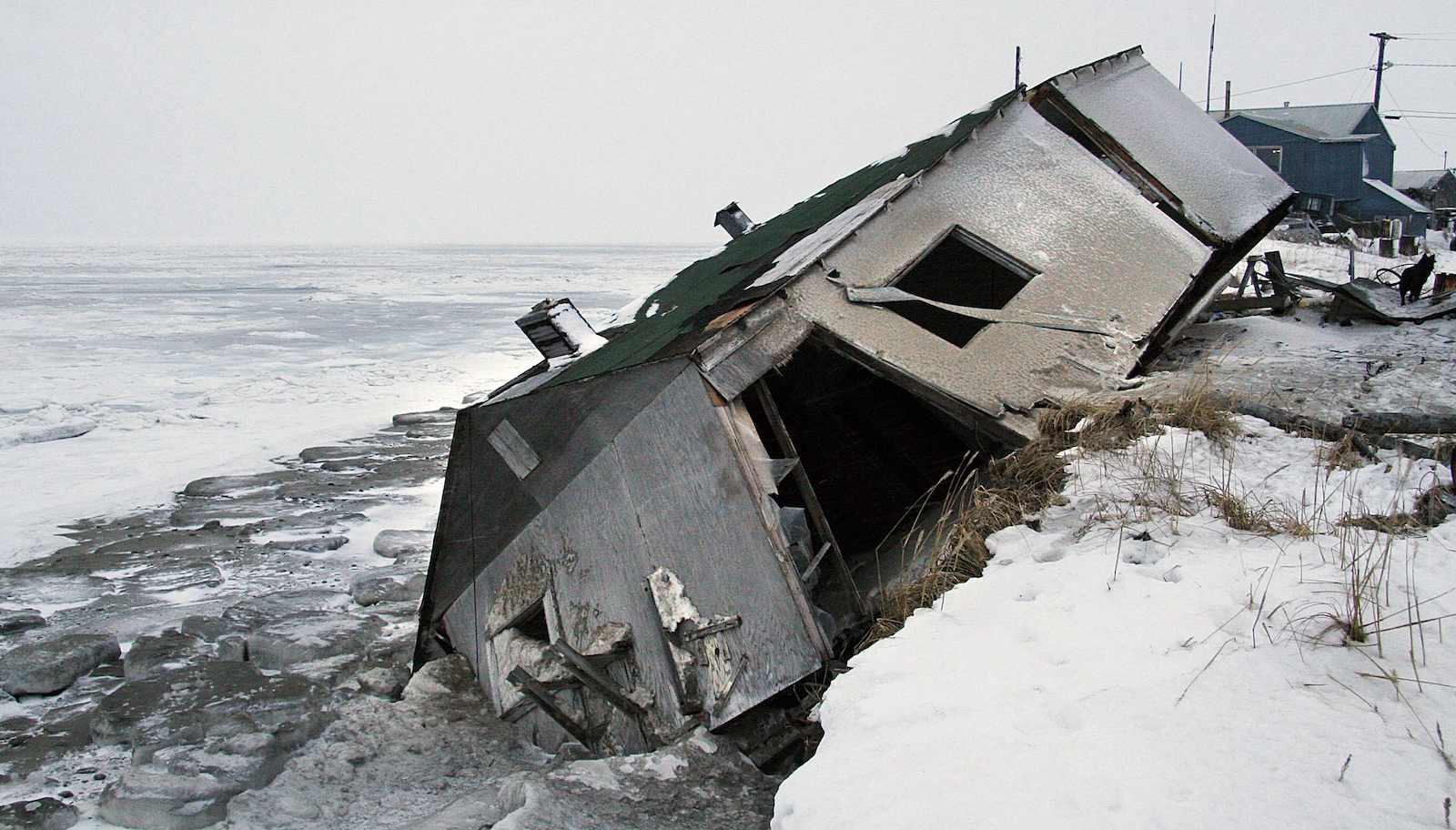The United Nations Intergovernmental Panel on Climate Change’s sixth assessment report, released on Monday, contained some of the group’s strongest language yet affirming the link between human activity and global warming. Humans have “unequivocally” warmed the planet, the IPCC report said, making heatwaves, droughts, and wildfires more extreme in the process. While that might seem like a no-brainer to some, it’s a finding that could have big implications for lawsuits seeking to hold polluters accountable for disaster damages.
“The IPCC report should be a sort of rallying call to lawyers,” said Rupert Stuart-Smith, a climate researcher at the University of Oxford, “to ensure that they are making use of the most up-to-date developments in climate science.”
The specific field of science that examines the connection between extreme weather events and human activity is called “climate change attribution.” According to the IPCC, scientists have gotten much better at this over the past decade, and can now more rigorously pin extreme heat, heavy precipitation, dry spells, and hurricanes on big carbon emitters.
For years, plaintiffs around the world have sought to hold fossil fuel companies accountable for their contributions to climate change — often seeking compensation for damages like economic losses from floods or wildfires. But these cases have been stymied by a lack of causal evidence. That is, plaintiffs have struggled to prove in the courtroom that they have suffered economic damages due to the activities of the oil and gas companies they are litigating.
Take, for example, the 2008 case of Native Village of Kivalina v. ExxonMobil Corp., in which Native Alaskans sued ExxonMobil and 23 other energy giants for damages associated with coastal erosion. The plaintiffs said the erosion had been exacerbated by climate change. But the U.S. Court of Appeals dismissed the villagers’ case, citing a dearth of causal evidence. “It is not plausible to state which emissions — emitted by whom … and at what point in the world — ‘caused’ Plaintiffs’ alleged global-warming related injuries,” the court ruled.
Left: A young boy in Kivalina, Alaska, watches workers fill sandbags for a sea wall in 2007. Right: Coastal erosion has caused many houses, like this one near Kivalina, to sink into the ocean. Image credit: Don Bartletti / Los Angeles Times via Getty Images, AP Photo / Diana Haecker
According to Stuart-Smith, however, that’s no longer true. Thanks to the rapidly advancing field of attribution science, researchers now have the tools needed to attribute natural disasters to human-induced climate change, and to determine individual companies’ contributions to them.
“This kind of scientific evidence exists, the methods are robust, and they’re widely accepted in the scientific community,” Stuart-Smith said.
But that evidence isn’t yet being used in the majority of climate-related lawsuits. According to a paper Stuart-Smith co-published in Nature Climate Change this June, plaintiffs tend to claim that they have been damaged by oil and gas companies’ contributions to climate change without citing strong enough evidence: Nearly three-quarters of of the 73 cases analyzed in the study didn’t refer to any peer-reviewed attribution studies at all. Those that did incorporate attribution science tended to do so in a general way, drawing broad links between emissions and climate change impacts, rather than making a causal link to specific damages sustained by the plaintiff.
To build a better legal case in climate lawsuits, Stuart-Smith said, plaintiffs must first establish the contribution of an individual emitter to climate change using what’s known as source attribution. In other words, “How much has an individual fossil fuel company contributed to climate change?” Stuart-Smith explained. That calculation may be easier than it sounds, considering there is already a robust and well-used body of literature on the topic. Much of the field builds on seminal research from the Climate Accountability Institute, which in 2014 published a paper quantifying the top fossil fuel companies’ contribution to global warming.
“We’re citing the hell out of it,” said Pat Parenteau, a law professor at Vermont Law School.
But Parenteau said legal groups could do more with newer attribution science tools focused on “impact attribution,” which can draw a direct line between human activity and the consequences of climate-related extreme weather events. For example, earlier this summer when the Pacific Northwest was scorched by a record-breaking “heat dome,” climate scientists were quickly able to determine that the event was made 150 times more likely due to climate change.
“Basically without climate change, this event would not have happened,”said Friederike Otto, a climate scientist at the University of Oxford, in an interview with Buzzfeed.
Such analyses would be relatively straightforward for many other climate-related impacts, Stuart-Smith explained, if plaintiffs knew to commission and use them. Combined with robust evidence from source attribution, those tools could help plaintiffs overcome the evidentiary hurdle needed to prove that oil and gas companies’ activities contributed to their economic losses.
Parenteau expressed optimism that the IPCC report’s high profile would remind lawyers of the importance of quality attribution science as they build their evidentiary cases. He’s paying attention to ongoing cases in California, where strong tort laws — a branch of laws that govern remedies for civil wrongs — could help cities like San Mateo and Oakland win cases against big polluters like Chevron.
“The real show is yet to come,” Parenteau said, “but you can be sure that the plaintiffs’ lawyers are well aware not only of the IPCC report itself, but of the contributing scientists and what their studies are showing.”






